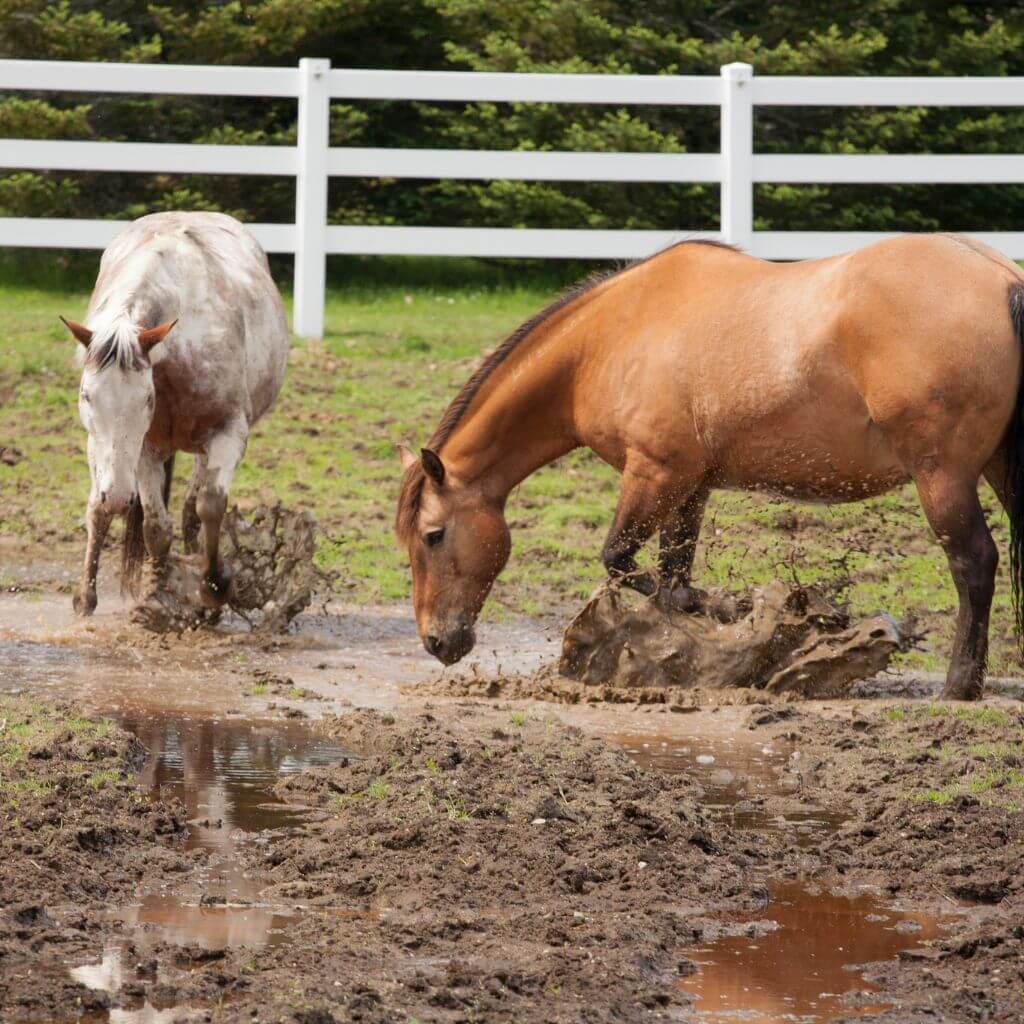Unmasking Mud Fever: Muddy Secrets Revealed & Solutions Found!
Hey equestrians, ever wondered why your horse seems to have caught a 'fever' from mud? Sounds messy and, let’s admit, a tad dramatic, right? Well, just as we have our fair share of mucky situations, our hoofed pals face their own battles – the infamous mud fever. No, they haven’t been watching soap operas in the stable. We're delving deep into this muddy mystery, one hoof at a time. So, strap on those horse riding boots and let's jump in!
What is mud fever?
Mud fever, not to be mistaken for your reaction after a mud run, is a common condition in horses. It's basically an inflammation of the lower leg skin, usually caused by prolonged exposure to wet and muddy conditions. Imagine wearing wet socks for days – yep, not fun!
What causes mud fever?
At the heart of this muddy saga lies bacteria. When a horse's legs are constantly wet, it's like sending an exclusive party invite to these bacteria. The skin becomes weakened, and the bacteria waltz right in. Factors like the horse’s skin type, colour, and even the type of jodhpurs they rub against can also come into play.
How do you treat mud fever?
Ah, the golden question! Treating mud fever requires a combination of cleanliness, protection, and sometimes, a sprinkle of magical products. Start by giving those muddy legs a good wash with the Gold Label Iodine Mud Wash Shampoo. This iodine-based elixir is specially formulated for such muddy situations. After a good cleanse, applying the Lincoln Muddy Buddy Magic Mud Kure Cream helps in fighting off the nasty bacteria. Remember to pair it with its loyal companion, the Lincoln Muddy Buddy Magic Mud Kure Powder for a complete defense system. And if you fancy giving your horse some internal protection, the NAF Love The Skin He’s In Mud Gard Supplement can be a tasty treat and shield in one.
Can mud fever be cured?
Good news, fellow horse lovers! With the right care, products, and a dash of diligence, mud fever can absolutely be sent trotting out of town. It’s all about timely treatment, shielding the affected area, and keeping an eagle eye for early symptoms.
Will mud fever go away on its own?
Wouldn’t that be a dream? But, alas, ignoring mud fever in hopes it’ll gallop away is not the wisest strategy. Think of it like neglecting a pesky leak in your home. Left untreated, things can get worse and more complicated. So, roll up those riding gloves and get to treating!
Can humans get mud fever?
Well, my two-legged friends, while you might be envious of our four-legged buddies' majestic trot, getting mud fever isn’t a shared experience. Mud fever, as we know it, is exclusive to horses. So while you might get splattered with mud during a playful gallop, you're safe from this particular ailment. However, it's still vital to sport the right gear, like from the Jodhpur Collection to keep comfortable.
And They All Galloped Happily Ever After...
Mud fever might sound like a pesky villain in a horse’s tale, but with a mix of knowledge, care, and the right products, it’s a villain that can be defeated. Remember, it's always better to be one hoof ahead; so keep those legs clean, supplement where needed, and always ensure you're using the best products, like the ones found at Just Horse Riders. As we wrap up this mud tale, make sure to check out the Hoof Care & Boots collection and give your horse the protective gear they deserve. Until the next muddy adventure!




